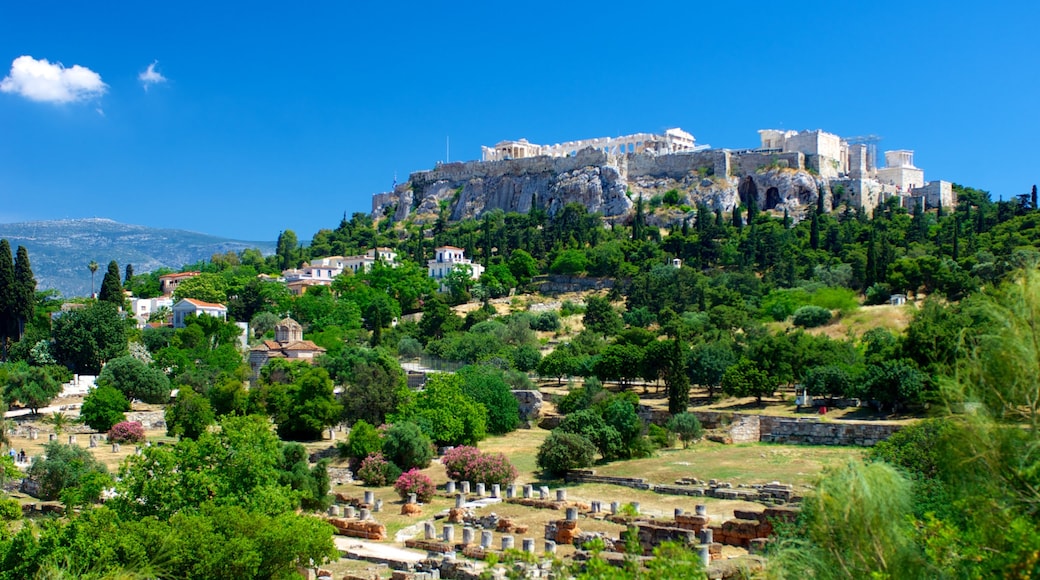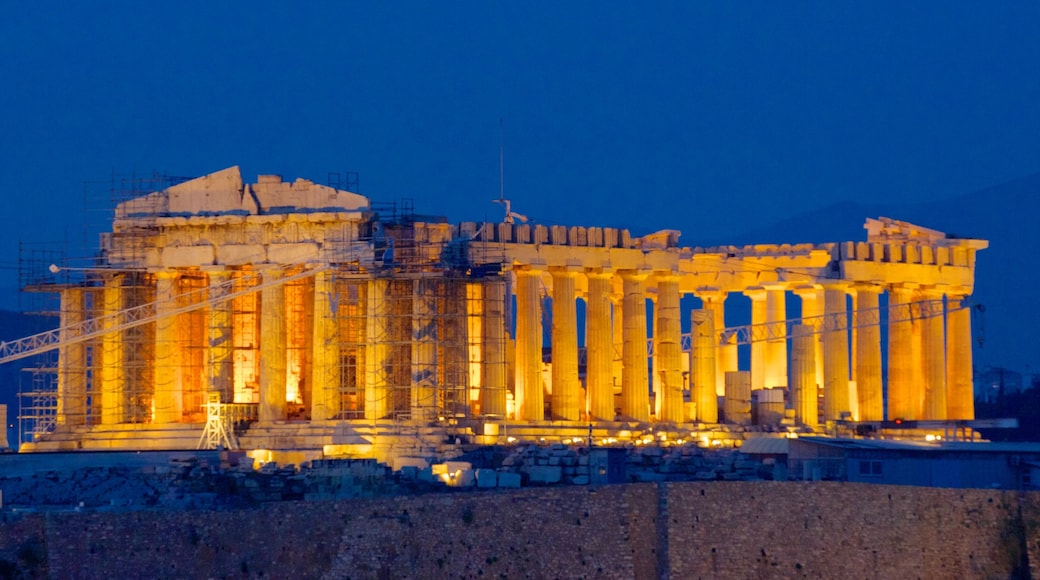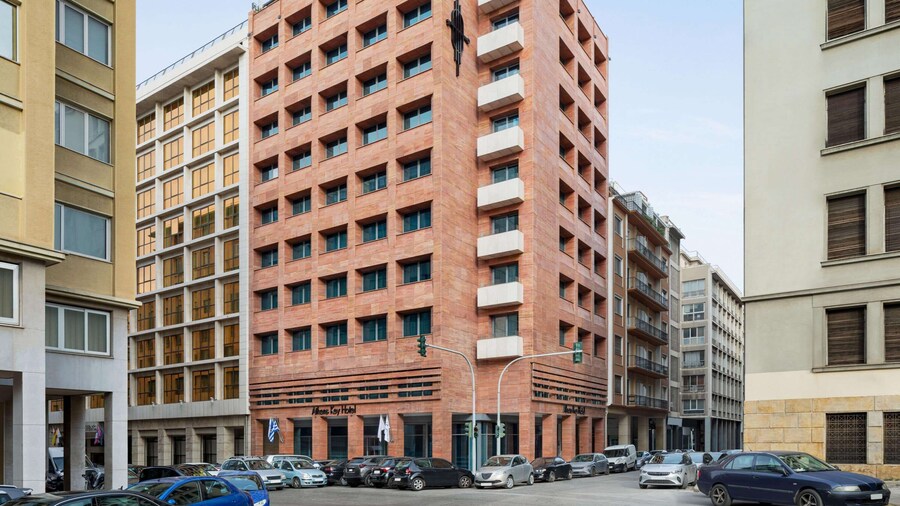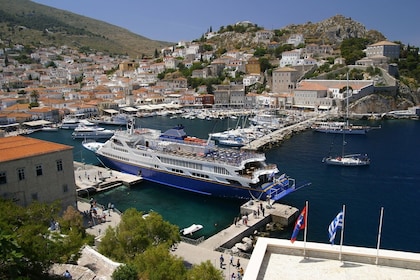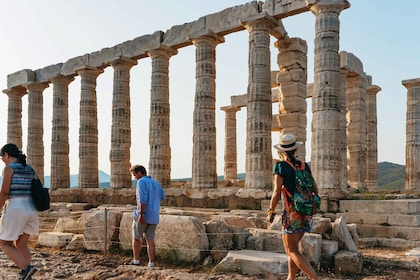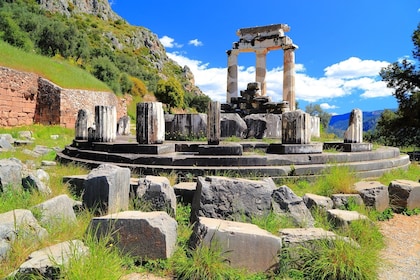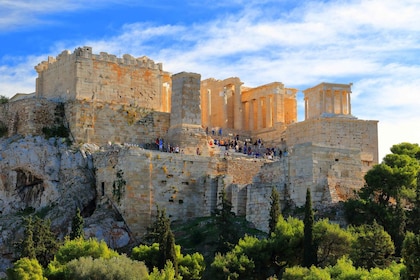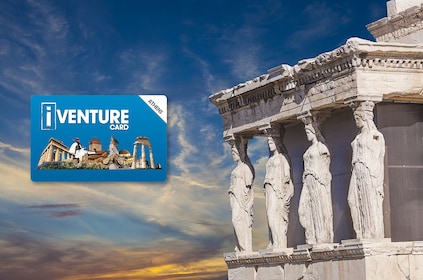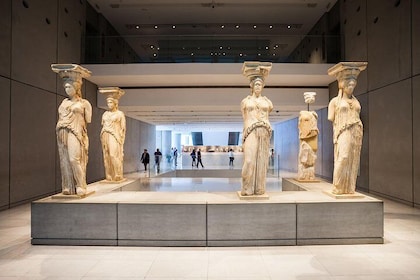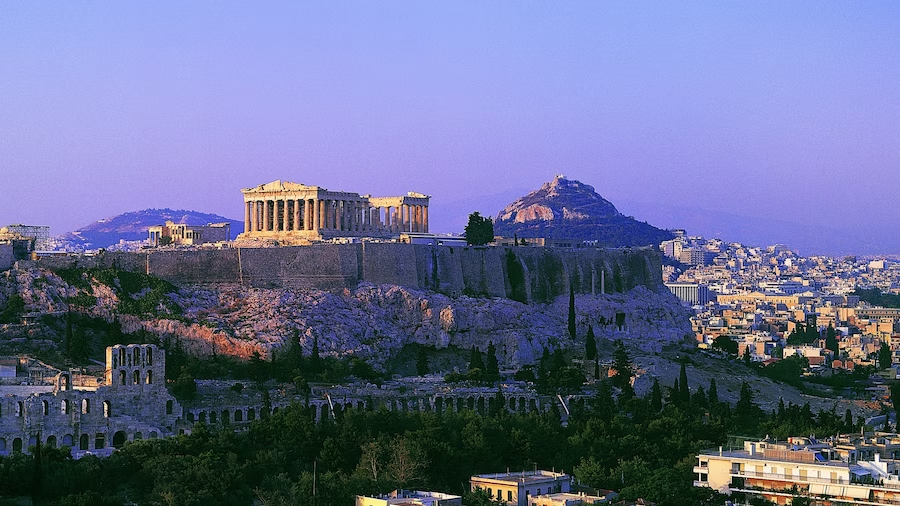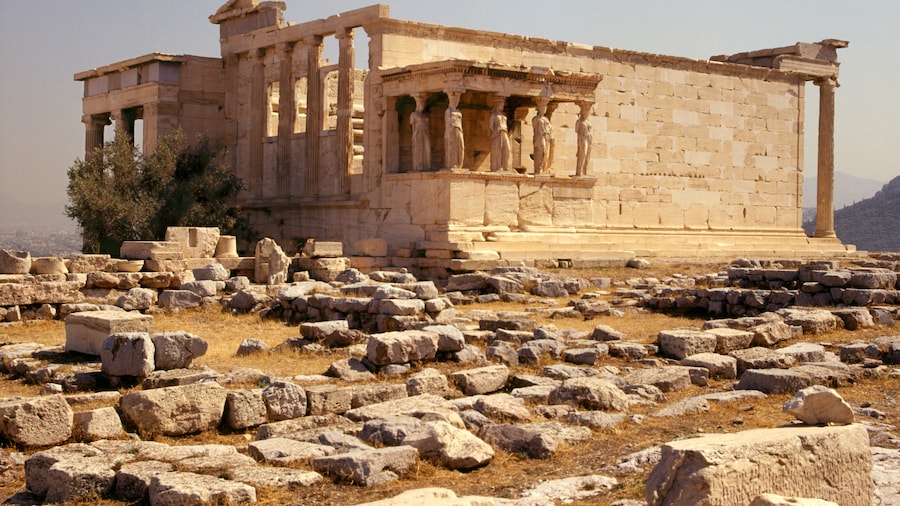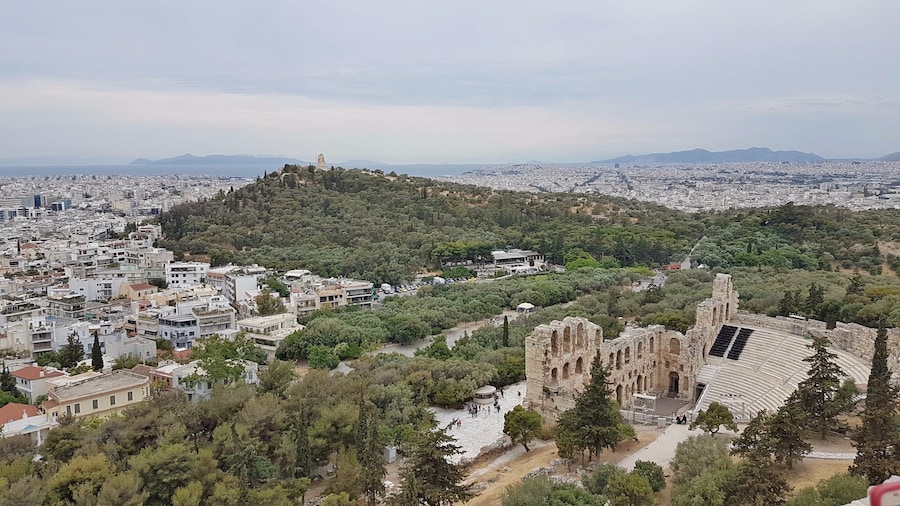The Acropolis, the “sacred rock” of Athens, is recognizable from the air, various viewpoints in the city, or from the history books of your childhood. It’s a worldwide symbol of the Golden Age of ancient Greek civilization. Here, you’ll find major portions of Doric temples and other architectural masterpieces, as well as the remnants of sculptures and carvings from the 5th century B.C.
The first thing you’ll see is the Propylaea, the monumental gray and white entrance building to the Acropolis. Guards were stationed here to protect this sacred area dedicated to Athena, the patron deity of ancient Athens. Slaves, runaways an other undesirables were turned away here, so that they couldn’t seek protection by the gods in the inner sanctuary.
Anyone who appreciates history, art, and story-telling will have no trouble spending an entire day at the Acropolis. Make sure to bring plenty of water and wear comfortable shoes, as you’ll be likely be hiking uphill and in the hot sun for parts of the day. Some of the "don’t-miss" highlights include the Temple of Athena Nike, the Parthenon, and the new Acropolis Museum.
When you’re ready for lunch, head along the tree-lined paths and relax on the benches in the park surrounding the main archeological site. Refreshments are available there, but it’s more cost-effective to bring snacks and water from a nearby store. Guides can always be found for a price near the ticket kiosk. You can also buy a guidebook and take a self-tour.
The Acropolis rises from the city center and is accessible by public transportation. The admission fee covers all structures on the archeological site and it’s open daily. Get there early to avoid the year-round crowds and the heat of summer.
